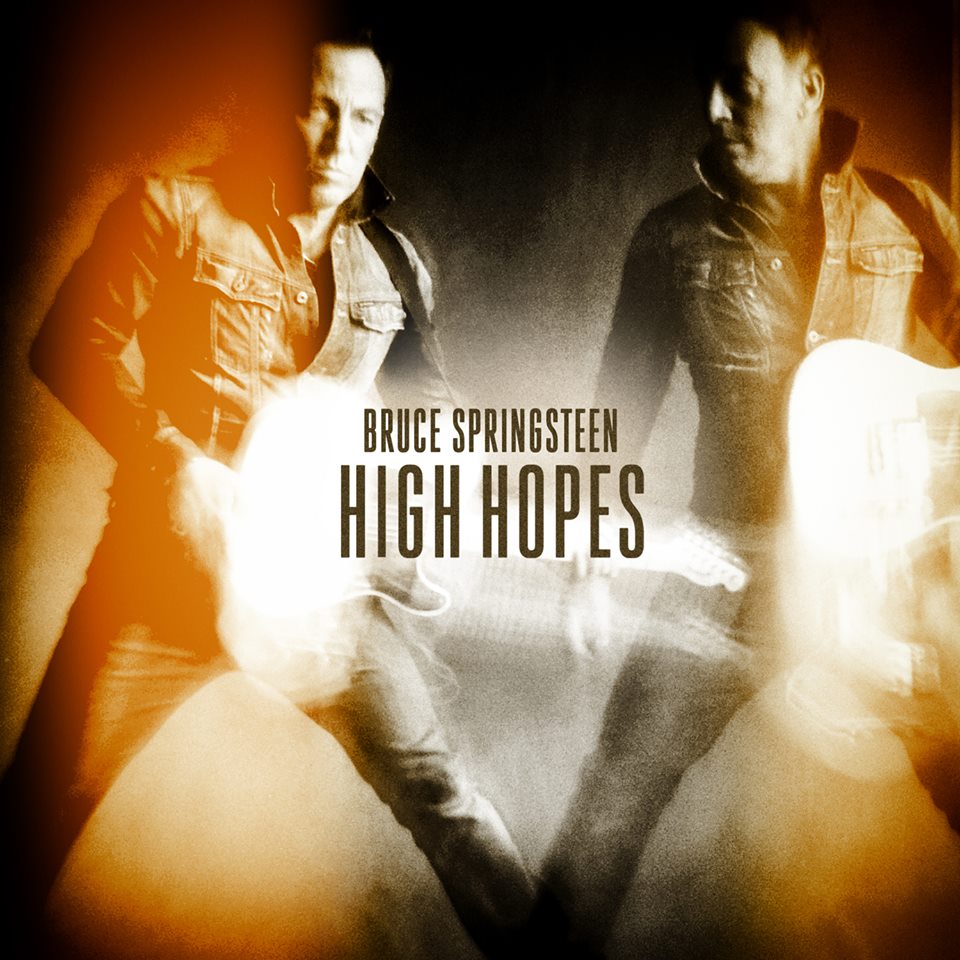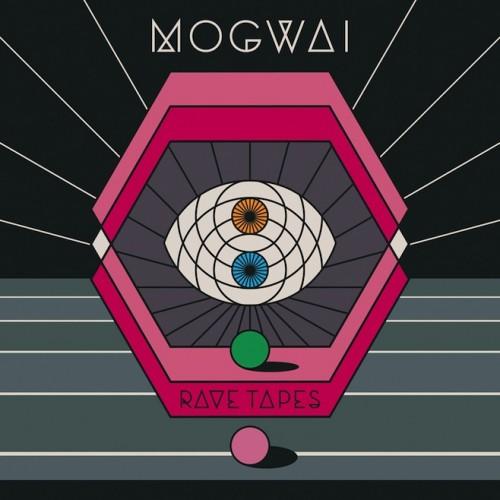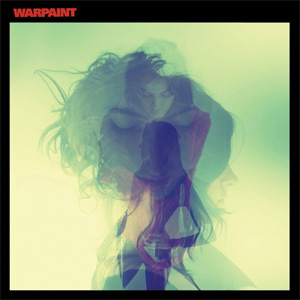Mogwai
Rave Tapes
Mogwai has been characteristically minimalist in the past, especially in 2011’s Hardcore Will Never Die, But You Will. Rave Tapes takes leave of Mogwai’s previous albums in the sense that it is more electronic than Hardcore, and is less melancholy, ditching that feeling of yearning that characterized Hardcore for a much calmer sound. “Remurdered,” for example, is a song seemingly made for people who like to ride trains at night bobbing their heads in the crowd. At least, that’s the feeling it conveys. The album is very involved instrumentally, as there are next to no vocal parts on any of the songs — Rave Tapes builds a wall of sound within each song, even if it’s a minimalist track, the absence of vocals is rarely obvious. This album also seems a lot heavier, the sounds it boasts have a definitive weighted-down feeling, and everything is very dense. In contrast to Hardcore, Rave Tapes features synthesizers much more prominently, favouring them over traditional guitar, bass, and kit. Usually, I wouldn’t dig that type of blunt transition, but in Mogwai’s case, it works.
Bruce Springsteen
High Hopes
The E Street Band has defined some of the most pivotal moments in Bruce Springsteen’s career. Whether it was Roy Bittan’s gloomy piano lines on “Point Blank” or the late Clarence Clemmons’ sax solo acting as the emotional centrepiece to “Jungleland,” “the Boss” often needs a full, functioning group of musicians to make his songs click. With the recent loss of Clemmons on sax and Danny Federici on accordion and organ, the E Street Band had some vacancies to fill as they prepared to record Springsteen’s 18th studio album High Hopes. Tom Morello, former member of Rage Against The Machine and Audioslave, guests with the E Street band for three quarters of High Hopes’ tracks, but sticks out like a sore thumb on every track. Morello’s intrusive solos on the recycled “The Ghost of Tom Joad” and “High Hopes” nearly ruin the whole record. Springsteen is at his best on High Hopes when he has the listener all to himself, most notably on the haunting hymn-like “The Wall” or the closing cover of Suicide’s “Dream Baby Dream.” But while “Dream Baby Dream” starts like classic Bruce, with the ghost of Federici accompanying him on accordion, it gets lost in a sea of overproduction and unnecessary orchestration.
Warpaint
Warpaint
Warpaint, despite how some might describe them as a rock band, don’t do a lot of rocking out. The quartet, blurring the line between improvisation and meticulous composition, favours slowed-down, half-slurred lyrics that aren’t ever locked-down songs, while not purely spontaneous as it was in the case of shoegaze-antecedents like Slowdive. Emily Kokal’s vocals, sometimes low in the mix, hanging out in guitar whine (Theresa Wayman), bass groove (Jenny Lee Lindberg) and drum backbeat (Stella Mozgawa), frequently trail off or refuse to finish rhymes, half-believing in some lyrics and emphatically driving others home. The reveries and refrains that emerge, audible and repeated hypnosis-like, suggest songwriting isn’t where Warpaint wants to spend its time: “I’m not alive…I’m not alive enough…,” “Love is to dance…” Most of the what’s said after the ellipses, out of focus, vague desires, blissed out like the rest of their self-titled (but third) album, hasn’t advanced much from Exquisite Corpse six years ago. But forging forward isn’t really what the band is about. Warpaint is fine with standstill, harmonizing and swaying around intricate variations, building verbal repetition that crowds something “alive/like cyanide” into a headspace for five minutes.
The Head and the Heart
Let’s Be Still
Two and a half years after the release of their self-titled debut album, The Head and the Heart are back with a remarkably matured collection of 13 songs. Titled Let’s Be Still, the band has mostly forgone the increasingly all too common indie folk single sound and instead display some very real depth. A lot of the strong points of the album come from instrumental arrangements, which vary from stripped-down dusty banjo to anthemic rises. Interestingly, the album is shared between the two male vocalists, Josiah Johnson and Jonathan Russell, with Charity Rose Thielen also showing up on other tracks. Subtle harmonies play throughout. The one obvious track that exists to receive radio play is “Shake.” While it’s a nice song, it doesn’t offer anything that hasn’t be heard before. But the rest of the album really shines. “Summertime” offers some excellent, experimental vocals by Thielen. And my personal favourite track is “These Days Are Numbered,” a hauntingly echoed acoustic song, sung by Thielen, that’s reminiscent of a painfully empty existence, but one that hasn’t given up hope. When the beautifully operated harmonica hits, the song really elevates.





